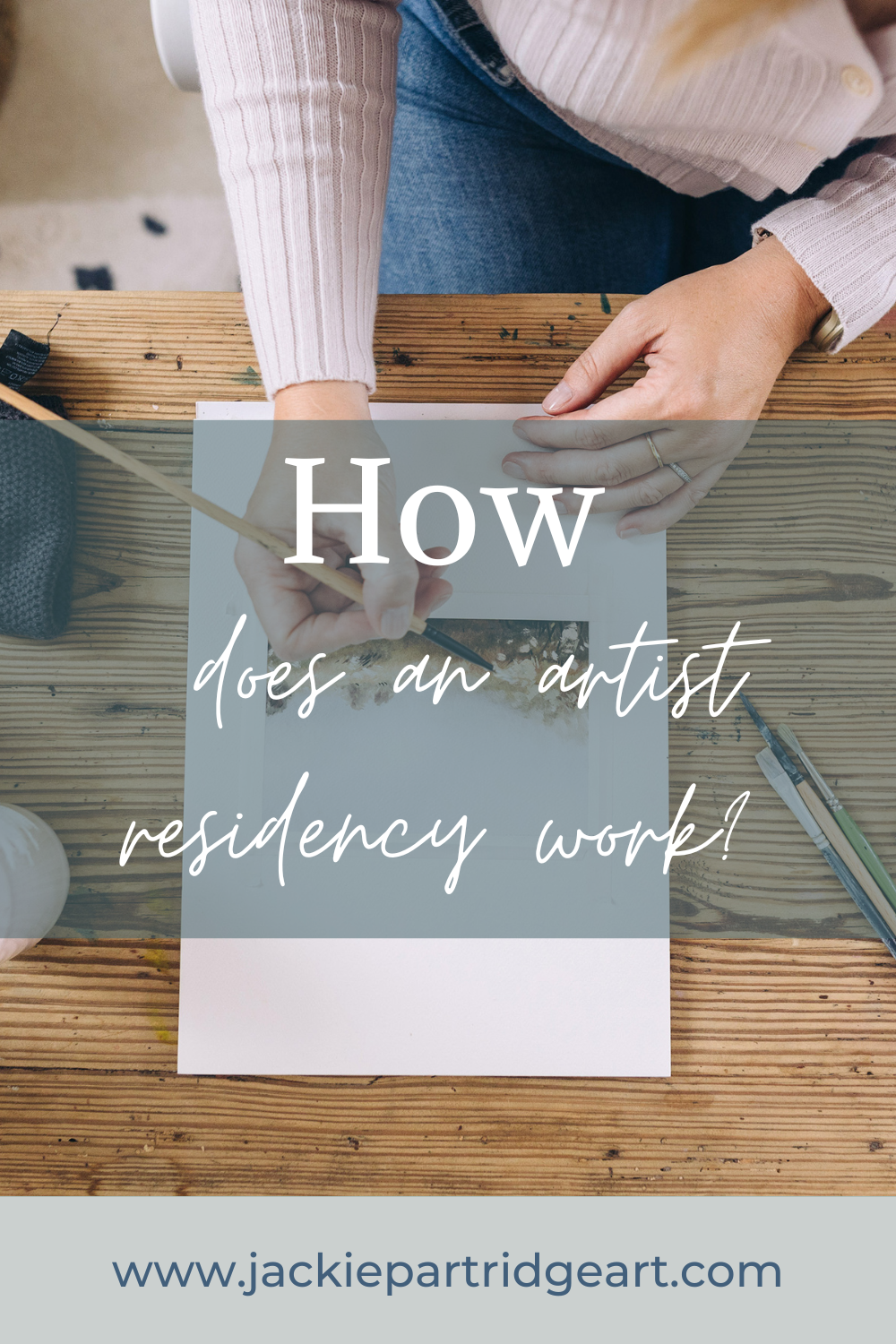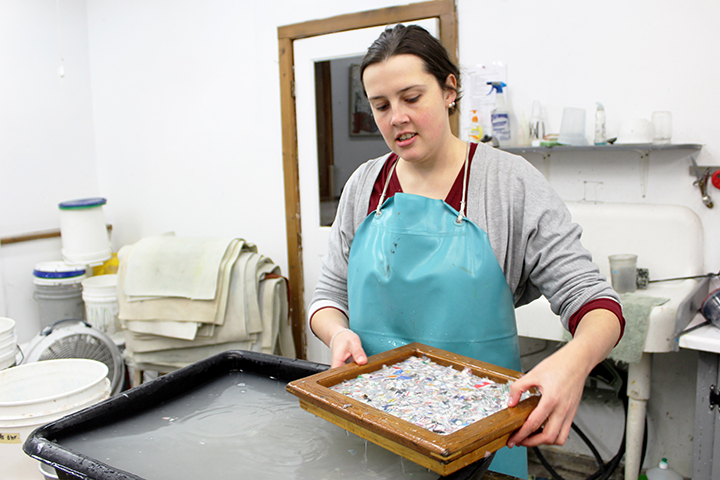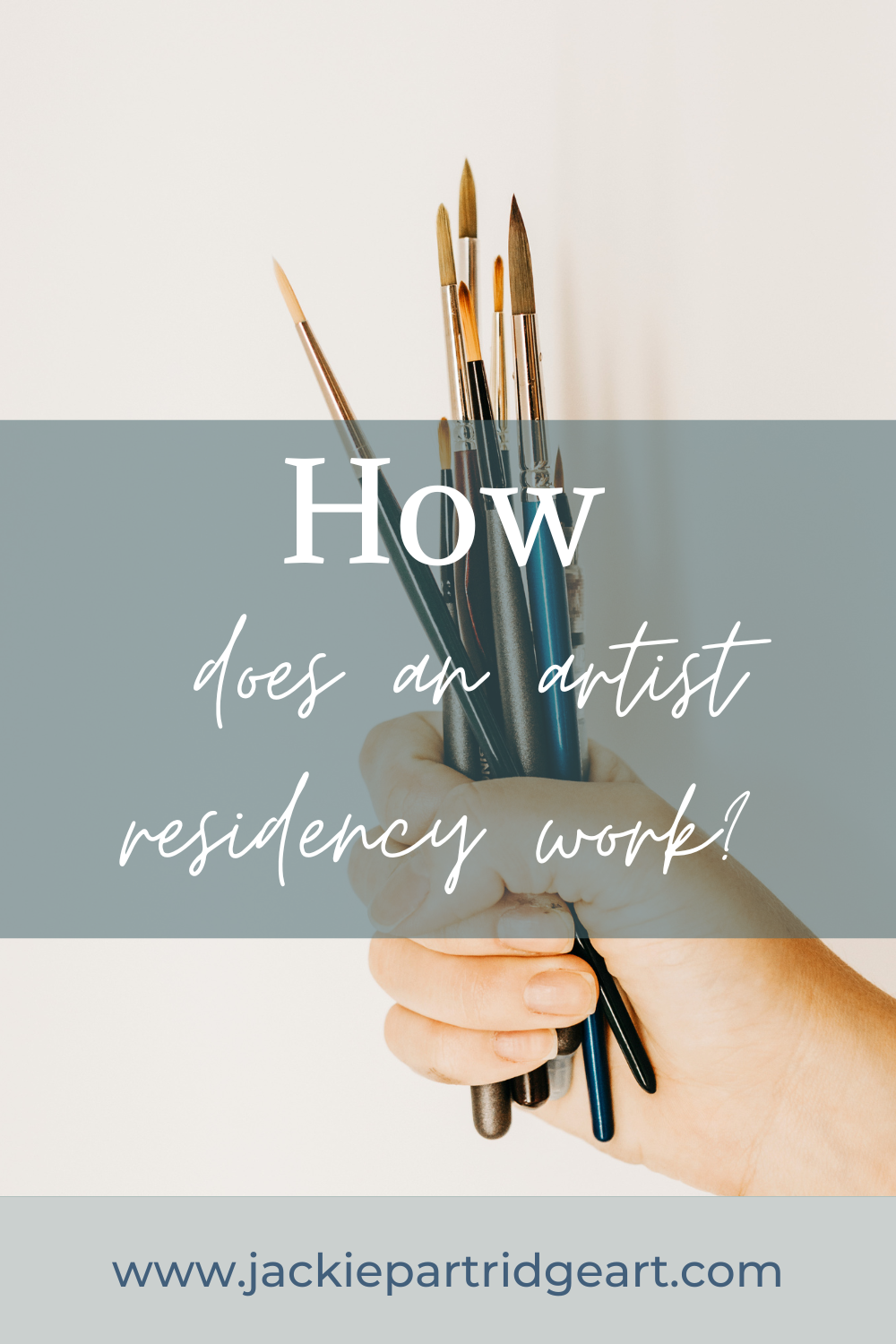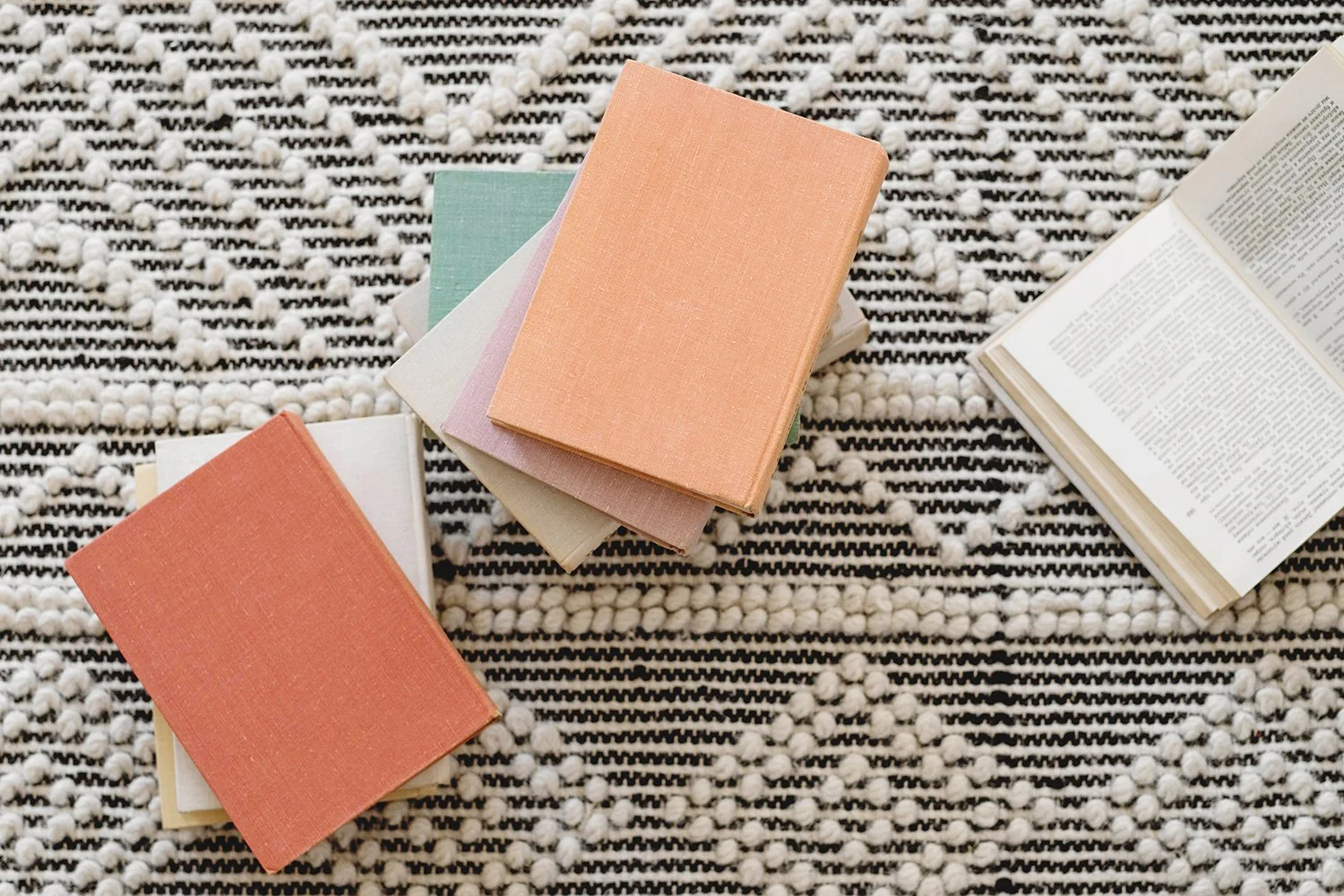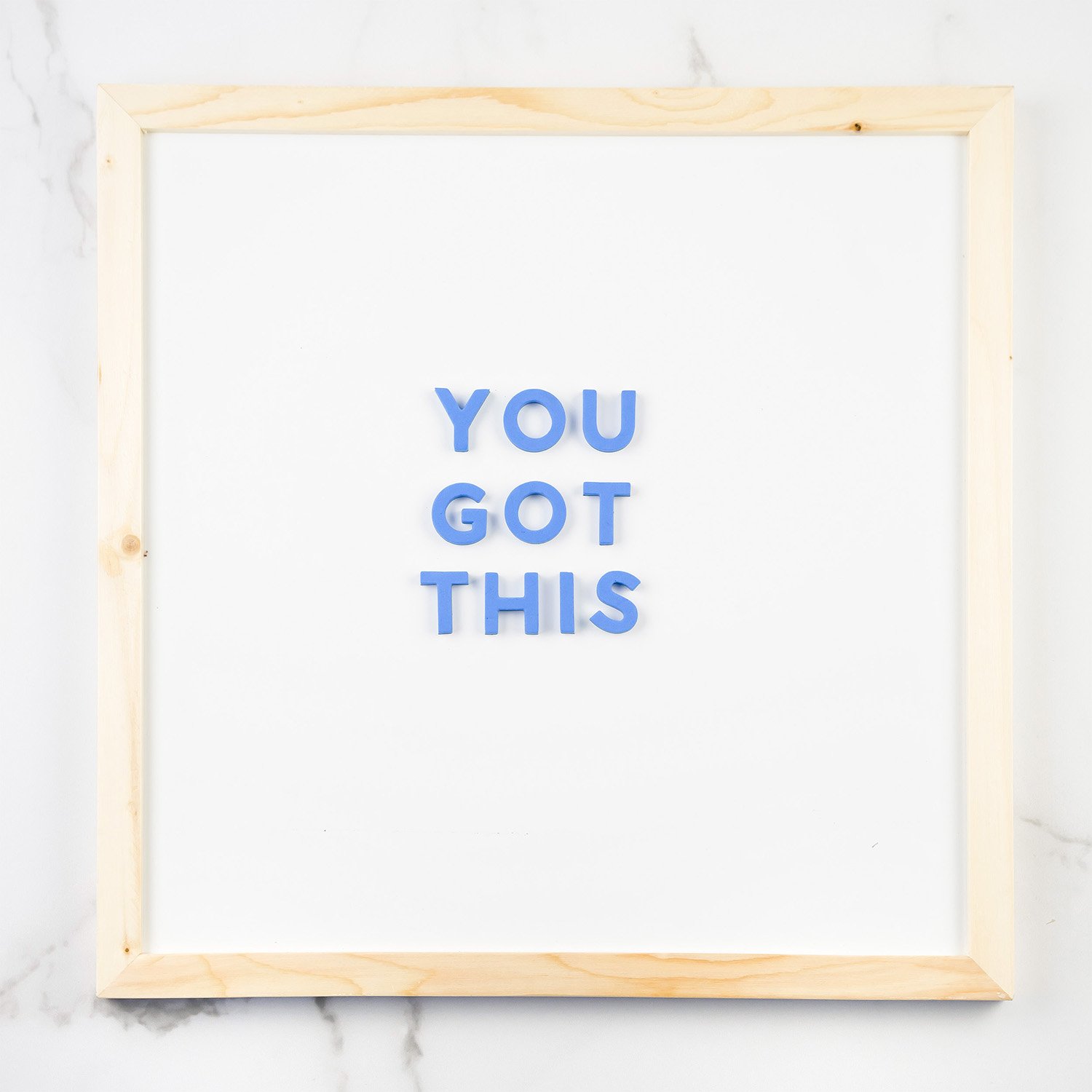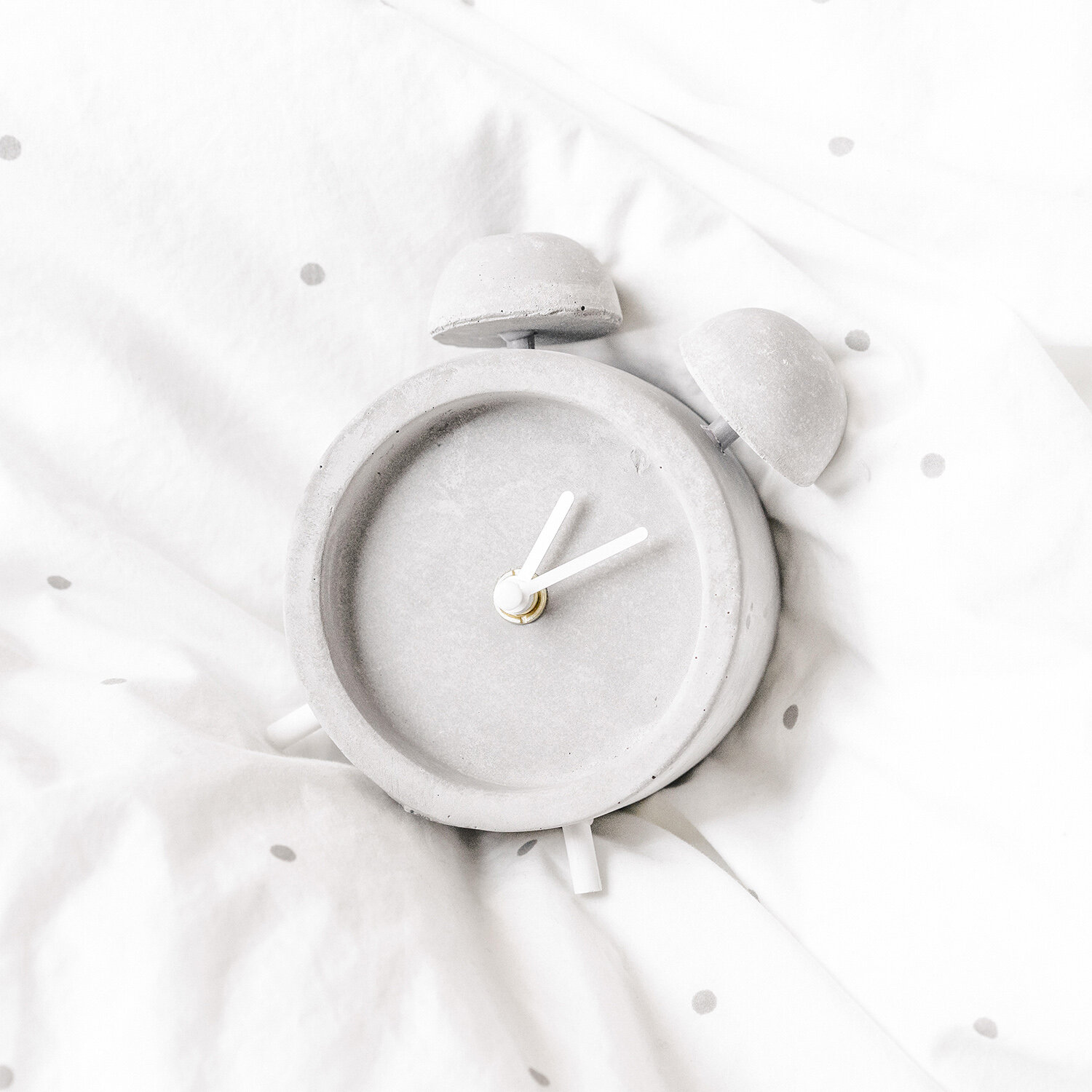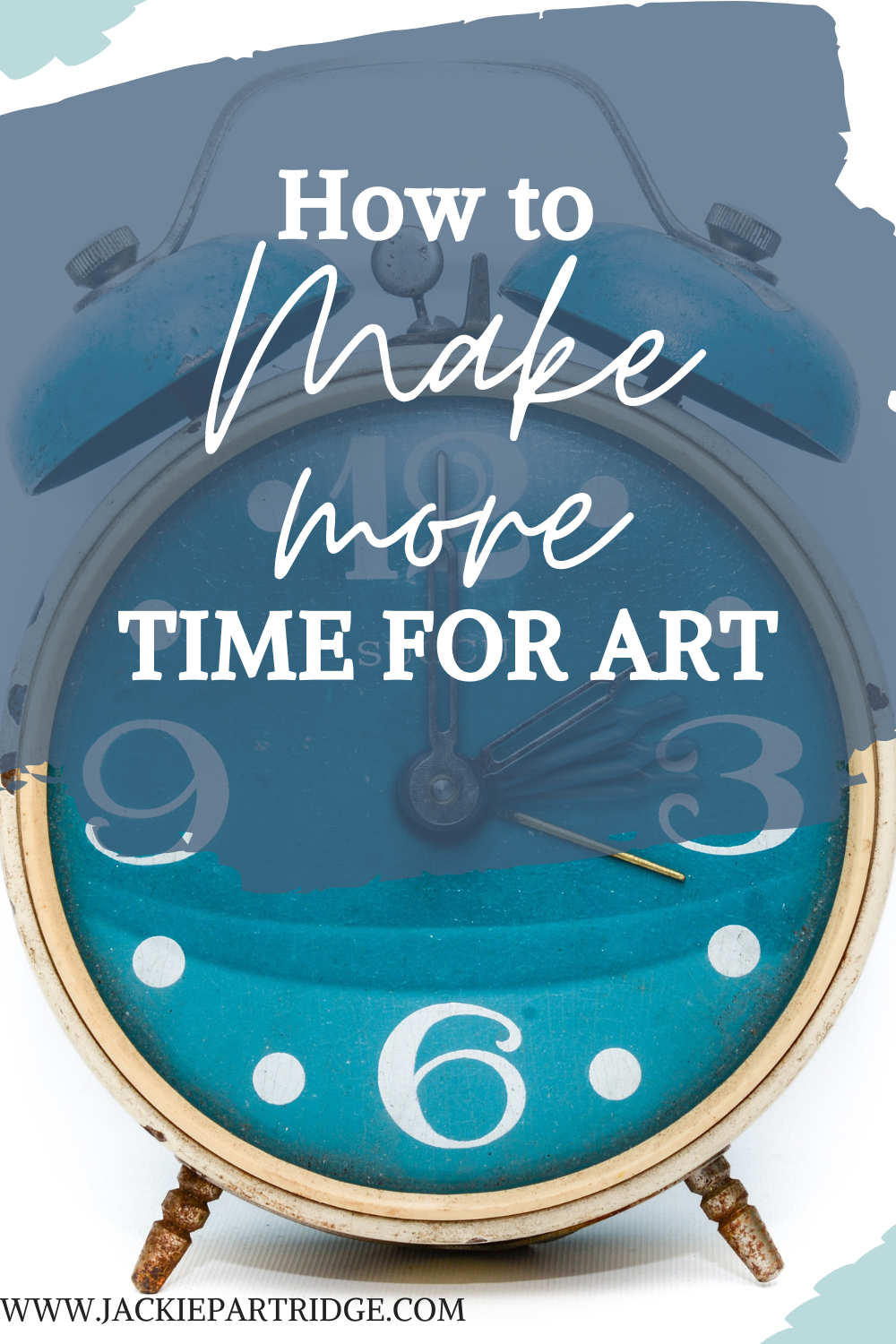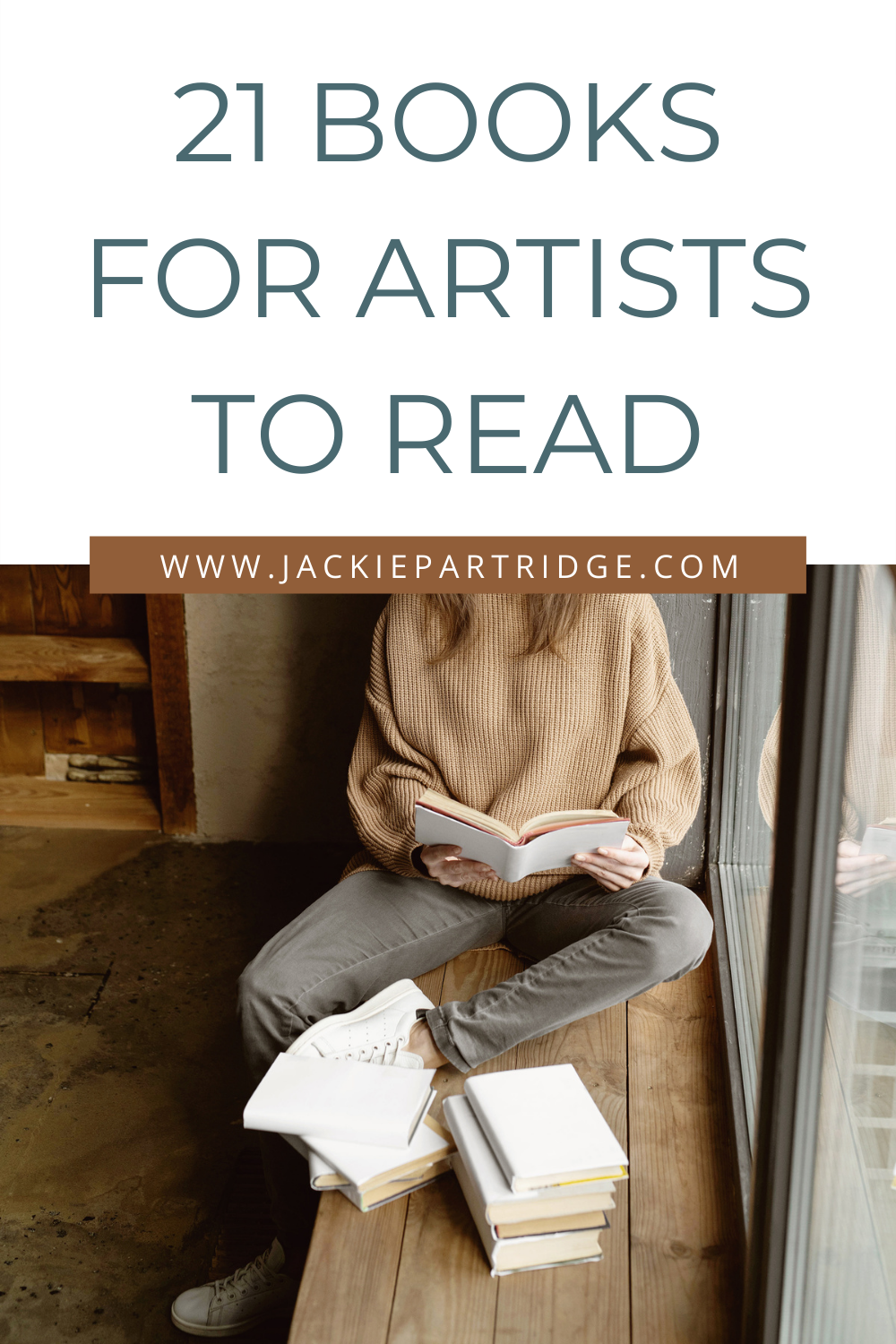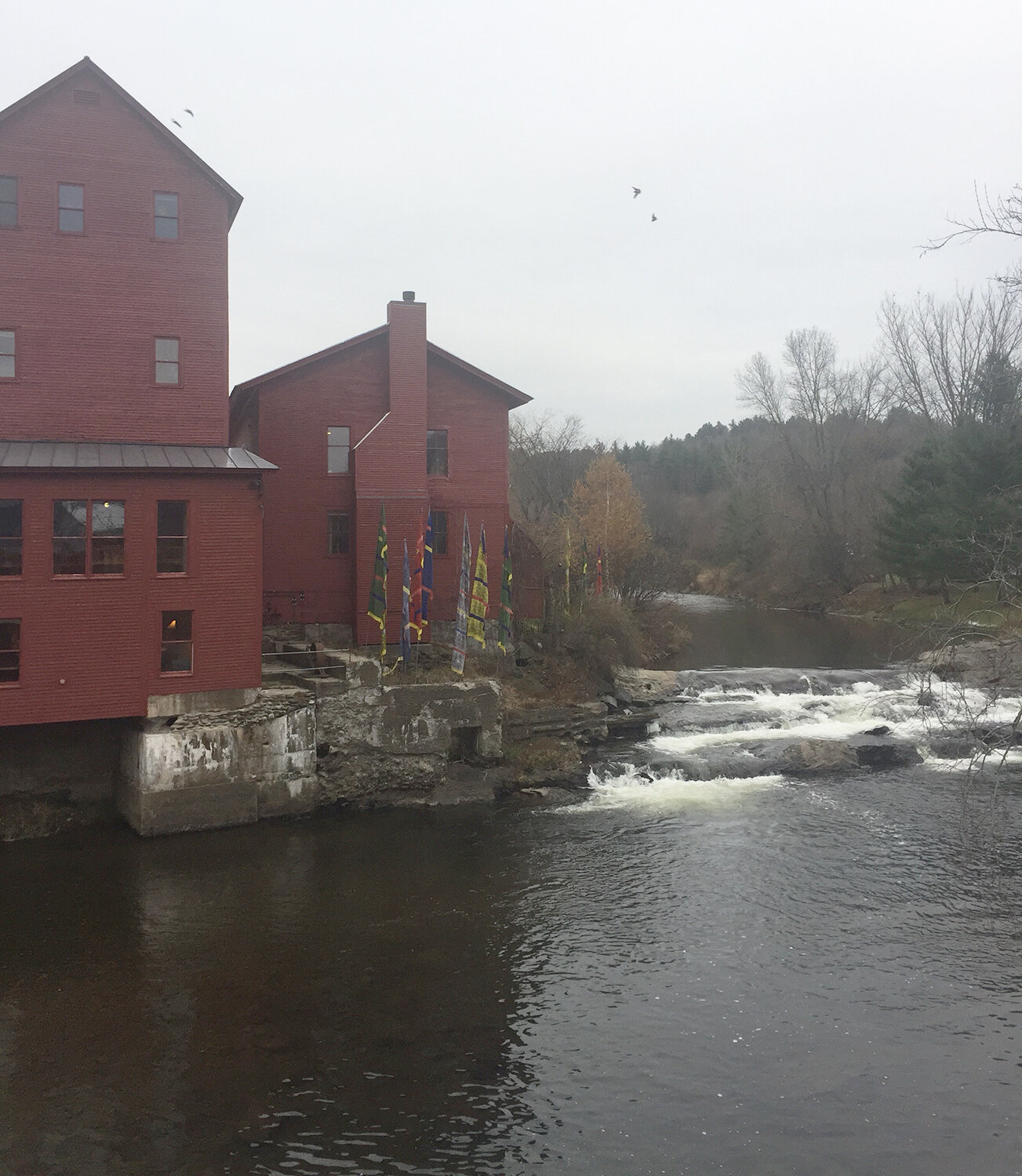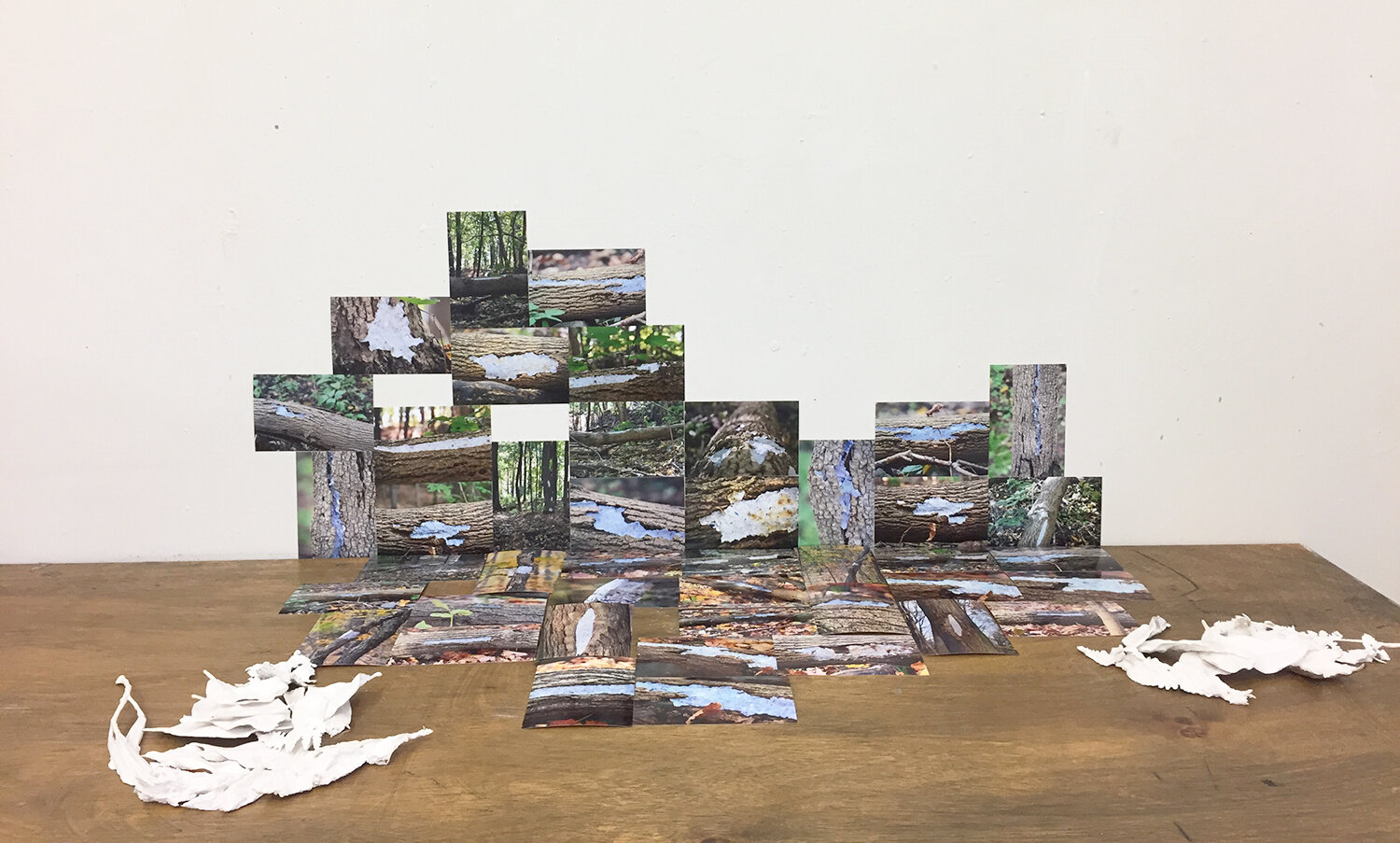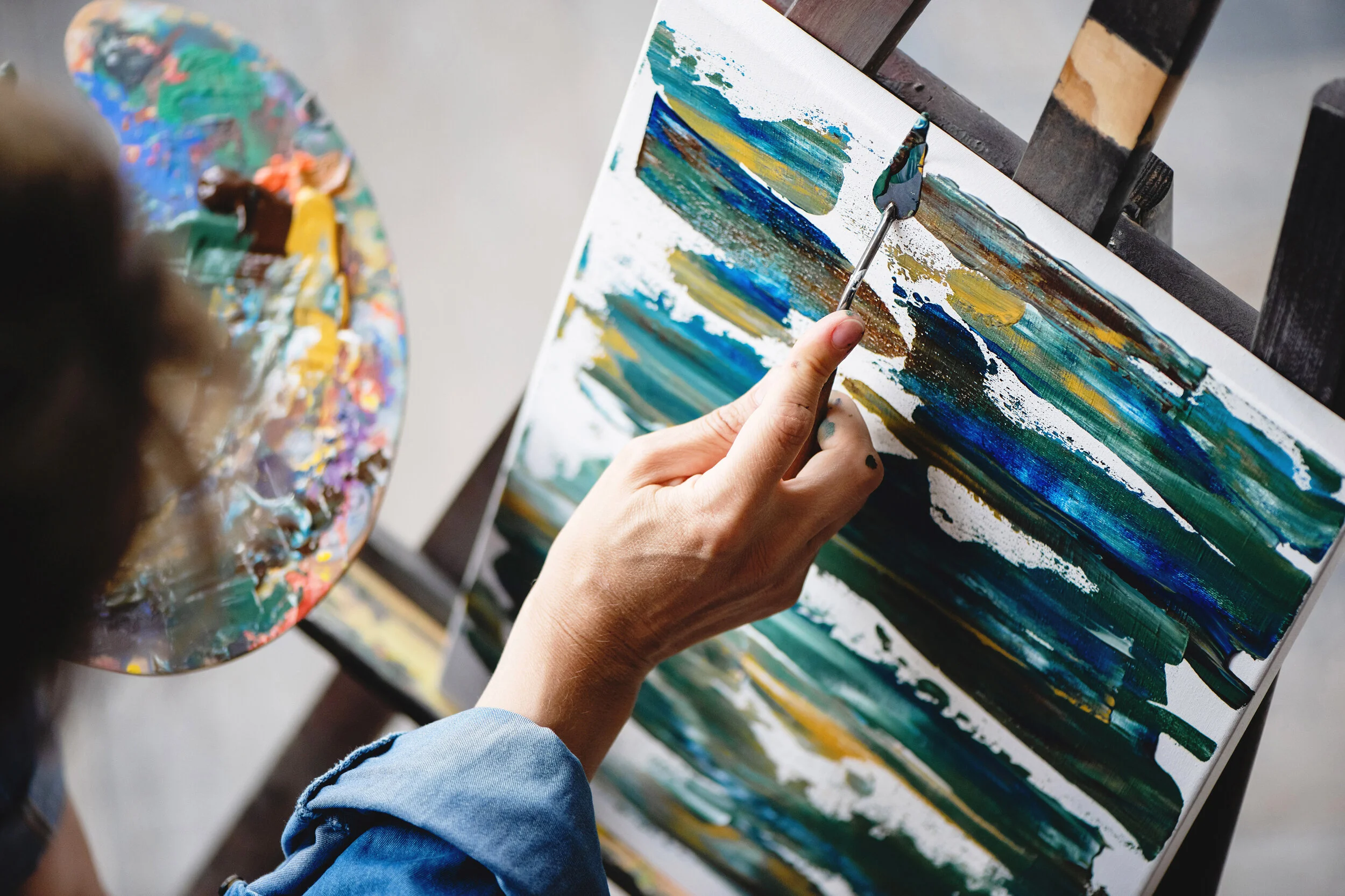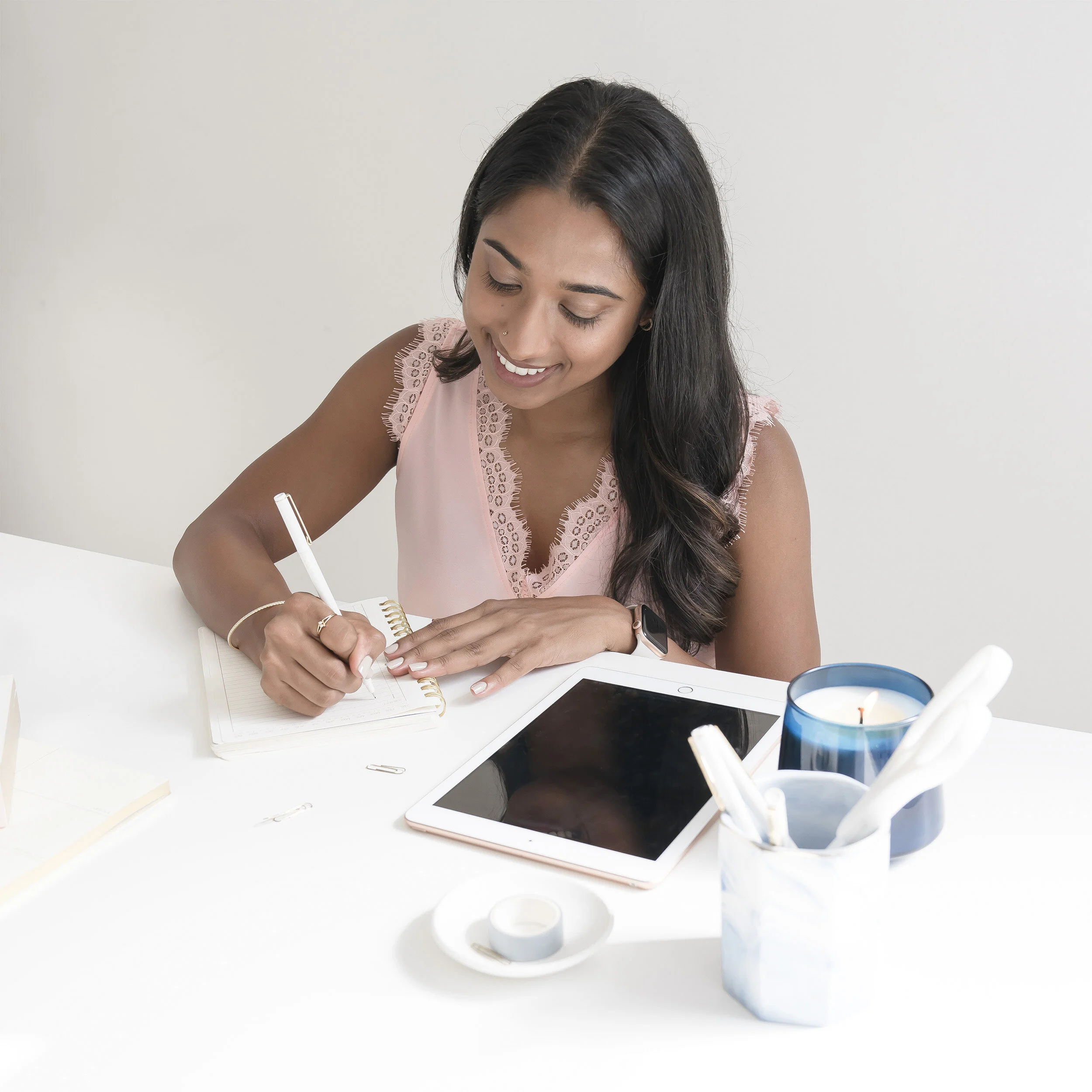How does an artist resident work? Is something you might be asking yourself if you have never been to an artist residency before. Artist residencies work by giving you uninterrupted time as an artist to make your art. So how does an artist residency work and where can you apply? What are the benefits of participating in an artist residency? I will let you know and share my experiences of the artist residencies I have been to below!
I have been to two artist residencies
A paper making artist residency at the Women’s Studio Workshop - click to read more
And an artist residency at Vermont Studio Center -click to read more.
How does an artist residency work?
Each experience was different and you can read more about the individual experiences by clicking the links above. Generally, an artist residency is for 1 week - 12 weeks long (sometimes longer). Artist residencies are in a new place which is great inspiration especially if the place, landscape or the environment inspires your work like it does mine. Usually, your accommodation is covered in the residency, sometimes it’s a private or shared room. Usually the bathroom is shared with others but sometimes it’s not. Sometimes your meals are included and other times you have access to a kitchen where you can make your own meals. You can apply to residencies in places like Akimbo and ResArtis. Some residencies are paid where you pay to attend and other times you can win grants or scholarships to help reduce the cost or to be able to attend for free! Usually there is a time and price commitment to think about before applying. Only apply if you have the time and the money to go.
What are the benefits of an artist residency?
Private time to work no distractions
A new location to inspire your work
24 access to a studio, tools and equipment
Space to hang and present your work
Other opportunities like presenting an artist talk or participating in an exhibition while you are there
A chance to network and meet other artists and arts professionals
Since usually you are paying to attend you are focused and produce a lot of work!
Other types of artist residencies
Recently, with Covid-19 some residencies have moved online. Some have virtual meetings on Zoom to share your work and get feedback. Some residencies are transitioning to online exhibitions or galleries on their websites. There are different types of artist residencies including: writing, music, performative arts, drama, textiles, papermaking, painting and more!
How to Find the Perfect Artist Residency for you
Plan when you have time off to do it
Plan a budget on how much you would like to spend or ways to fundraise/apply for grants
Make a list of places you would be interested in travelling to
Search for opportunities based on your criteria
Pick one that speaks to you and is best suited for the type of art you make
Good luck with your applications. I am definitely interested in doing another artist residency soon! Check out some of the helpful links below!
Related Articles
Read my interview about my residency here!
Here is another great website to help you find the right artist residency for you! https://resartis.org/covid-19-updates/
Vermont Studio Center Residency
Women’s Studio Workshop Residency
Be sure to follow me on social media by clicking on one of the icons below!
